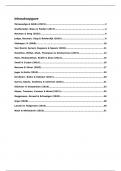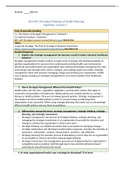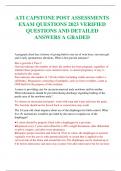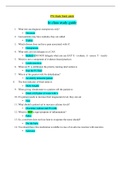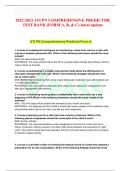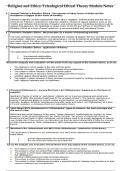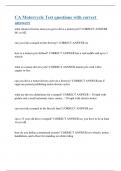Resume
Summary articles Consumer and Economic Psychology
- Cours
- Établissement
This is a summary of the Perusall articles for the course Consumer and Economic Psychology. Out of all the articles I summarized what I thought were the important parts of the articles. The articles that are included are: Morewedge & Giblin (2015) Greifeneder, Bless & Fiedler (2017) Bouma...
[Montrer plus]
